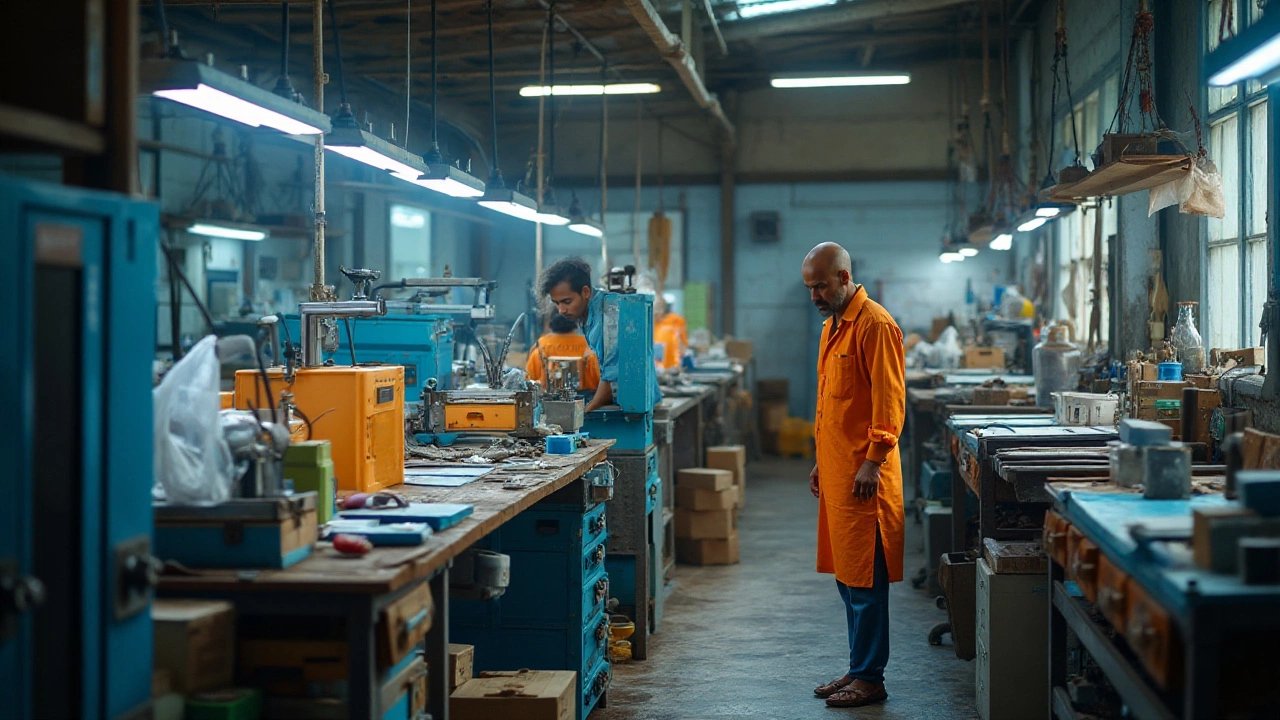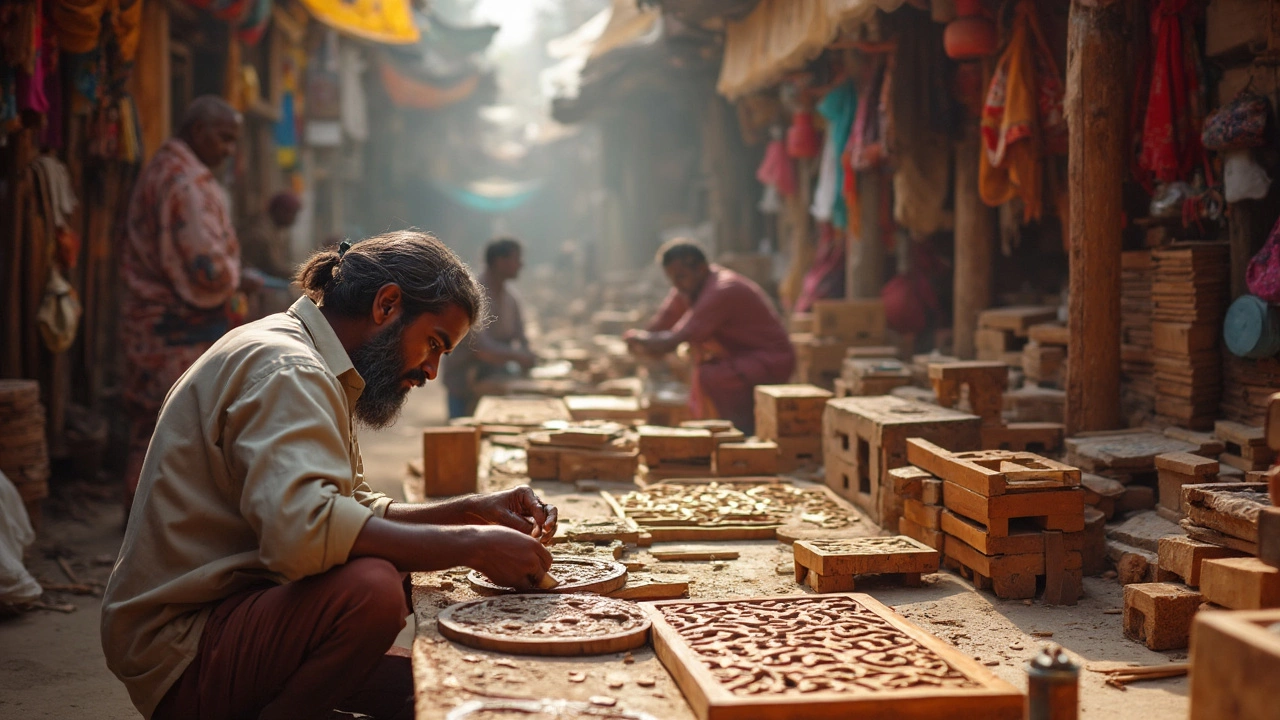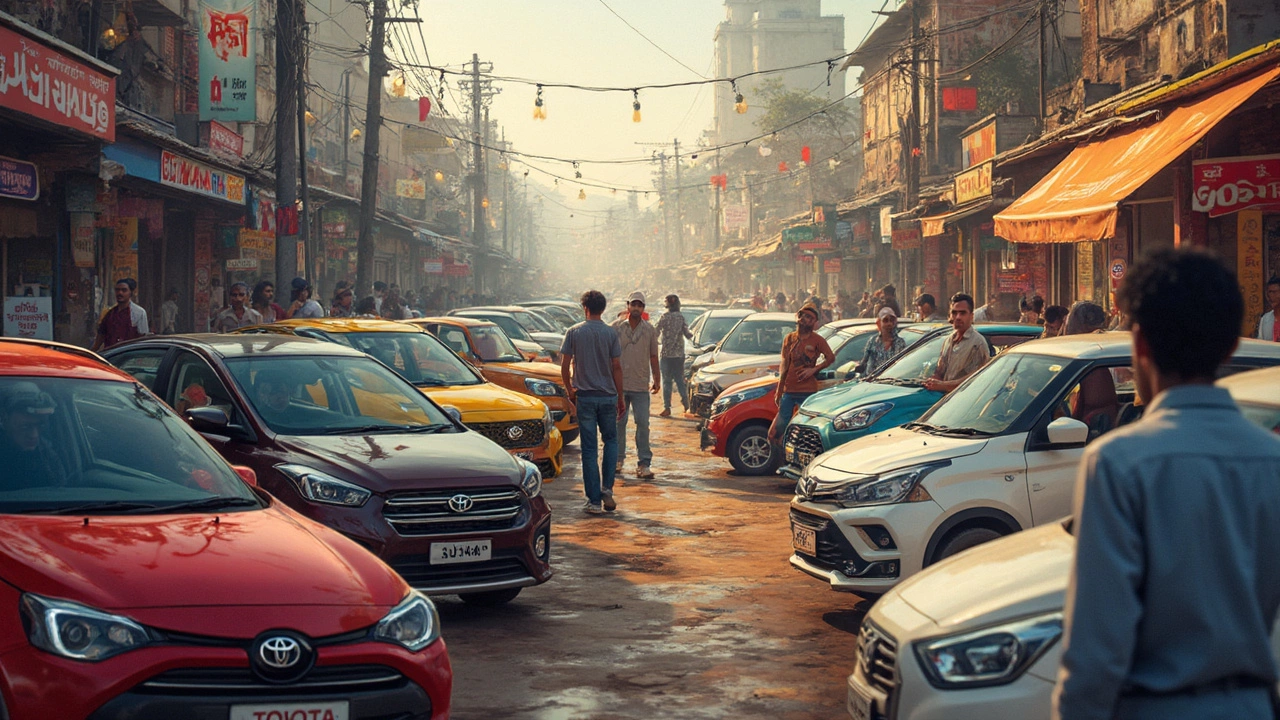Industries in India: Trends, Challenges, and Opportunities
When exploring Industries, the broad set of economic activities that produce goods and services, you quickly see how they shape daily life across the country. Also known as sectors, they range from heavy‑weight manufacturing plants to small‑scale farms. Manufacturing, the process of turning raw materials into finished products sits at the heart of India’s export push, while Agriculture, the practice of growing crops and raising livestock for food and raw material feeds millions and fuels related industries. Industries encompass manufacturing, agriculture, and plastics, forming a network where each part influences the other. For example, a surge in textile demand drives cotton farming, which in turn boosts agro‑processing facilities. Understanding these connections helps you see why a policy change in renewable energy can ripple through auto factories, fertilizer plants, and rice paddies alike.
Key Players: Plastics, Textiles, and Pharmaceuticals
Beyond the big‑ticket sectors, Plastics, materials derived from polymers used in packaging, automotive parts, and more have become a growth engine, especially with recycled variants like rPET gaining market share. The same thread runs through Textiles, fabric and fiber products that power fashion, home décor, and technical applications. India’s textile heritage, from cotton fields in Gujarat to silk looms in Varanasi, feeds a global supply chain that demands sustainable practices and modern tech. Meanwhile, the Pharmaceutical, industry that discovers, produces, and distributes medicines sector showcases how research labs, bulk manufacturers, and export logistics intertwine. When a new drug approval comes through, not only do labs celebrate; downstream manufacturers, packaging firms, and distribution networks all feel the impact. These inter‑industry links illustrate why a shift in one area—like stricter plastic waste rules—can boost demand for biodegradable alternatives, which in turn creates new opportunities for chemical manufacturers and textile dye houses.
What you’ll find in the collection below is a mix of deep‑dive analyses, practical how‑tos, and eye‑opening data points that reflect the diversity of India’s industrial landscape. Whether you’re curious about the rise of electric vehicle parts, the future of rice‑based bio‑plastics, or how no‑till farming is reshaping soil health, the posts cover the most relevant trends and real‑world examples. Keep reading to uncover actionable insights, regional case studies, and the latest numbers that matter for anyone looking to navigate or invest in India’s dynamic industries.
Top Small-Scale Manufacturing Industries to Watch in 2024
The year 2024 is set to witness significant growth in small-scale manufacturing industries due to technological advancements and changing consumer preferences. From sustainable packaging solutions to customized 3D printing services, SMEs are poised to take advantage of these trends. This article explores the key industries expected to flourish, provides insights into market opportunities, and offers practical tips for entrepreneurs looking to capitalize on these booming sectors. Understanding these emerging trends could help businesses align their strategies to meet consumer demands effectively.
- manufacturing
- India
- food processing
- garden tips
- rice cultivation
- government schemes
- balcony garden
- urban gardening
- balcony gardening
- profitable business
- business ideas
- plastic manufacturing
- drip irrigation
- plant care
- steel manufacturing
- sustainable gardening
- startup ideas
- steel industry
- flower gardening
- textile manufacturers






